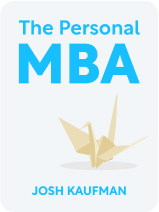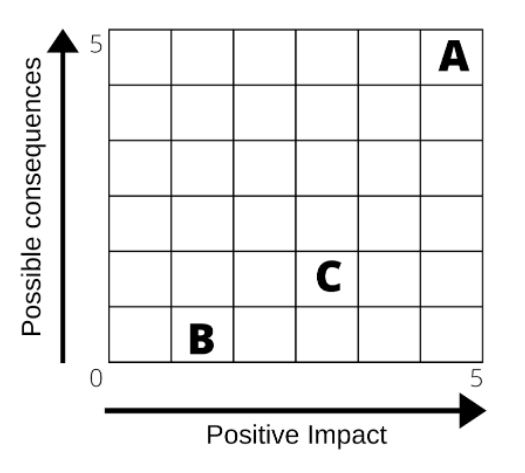

This article is an excerpt from the Shortform book guide to "The Personal MBA" by Josh Kaufman. Shortform has the world's best summaries and analyses of books you should be reading.
Like this article? Sign up for a free trial here .
Do you want to upgrade your product? What are some things you should consider before introducing product upgrades?
There are many ways to enhance a product. For example, you could source better-quality materials, add new features, or add supplementary products. Don’t try to do everything at once. Consider the impact and possible consequences to determine how much difference an upgrade will make, and implement product improvements that will make the most impact.
Here are some things to consider.
Upgrading Your Product
Before you jump into development, come up with a long list of both minor and major product improvements that you can make. Prioritize improvements that will make the biggest difference to your efficiency and profits. Consider impact and possible consequences to determine how much difference an improvement will make.
Impact: Each improvement, even the simplest ones, will require additional resources to implement, but some will have a much larger impact than others. For example, negotiating rates for ad-hoc office supplies will probably take the same amount of time and effort as negotiating rates for your manufacturing facilities. Both tasks require your resources but only one of them is going to make a significant impact on your bottom line.
Possible consequences: By their nature, business operations are interdependent. Changes introduced to improve one operation often create consequences for multiple operations. For example, redesigning your packaging materials impacts your marketing department—because they have to spend extra resources updating their content to reflect the new design.
Kaufman suggests separating your list of improvements into two groups: Those that will massively improve your efficiency or profits (your priority list) and those that won’t. Before proceeding with an improvement on your priority list, consider all of the possible consequences it will have on the rest of your operations. Paying attention to these two factors will help you plan ahead and allocate the necessary resources to successfully implement the change.
Use a Prioritization Matrix to Assess and Rank Your List of Improvements
Project management experts suggest using a prioritization matrix to assess and rank your list of improvements. This business analysis tool helps you objectively rate and compare your choices according to the criteria you choose, such as how much value they’ll generate for your business, how easy they’ll be to implement, how many other processes they’ll affect, or which ones have the best chances of success.
Let’s examine how this works if you assess and rank three different improvements (A, B, and C) according to Kaufman’s two criteria—impact and possible consequences.
First, rank each improvement, from one to five, according to how much it will positively impact your business. For example: A = 5, B = 1, and C = 3.
Second, rank each improvement, from one to five, according to how many consequences it will create and how difficult it will be to manage these consequences. For example, A = 5, B = 0, and 3 = 1.
Finally, place your improvements into your matrix so that you can compare the rankings against each other and define your priorities. Here’s an example of what that would look like:


———End of Preview———
Like what you just read? Read the rest of the world's best book summary and analysis of Josh Kaufman's "The Personal MBA" at Shortform .
Here's what you'll find in our full The Personal MBA summary :
- A comprehensive overview of how businesses work
- The five key processes that underpin every business
- How to identify profitable opportunities to ensure business success






